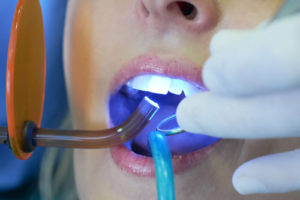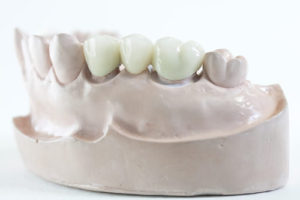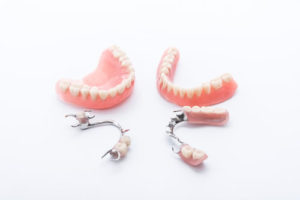Fillings
Tooth Coloured and Amalgam Fillings
Which Filling Is Best For Me?
 All modern dental materials are safe. We are always happy to discuss any concerns you have about using one different kind of filling material instead of another. There are so many different materials available, which look and feel natural and most importantly are biocompatible with the body, that you always have a choice.
All modern dental materials are safe. We are always happy to discuss any concerns you have about using one different kind of filling material instead of another. There are so many different materials available, which look and feel natural and most importantly are biocompatible with the body, that you always have a choice.
Should I Replace My Amalgam Fillings?
You should replace an amalgam if there is a problem with the filling such as:
- Leaking filling
- Decay around an old filling
- Aesthetics
- Cracking Tooth
One of the most common reasons is that people just don’t like the appearance of the metal in their mouths. Very rarely amalgam fillings can produce an immune reaction in the surrounding gum, which we will discuss with you if it ever occurs.
If you have any specific concerns, or are experiencing tooth pain of any kind please let us know, irrespective of whether you are coming to see us for a general check up or because you have a dental emergency.

 Bleeding Gums don’t matter right? What if every time you brushed your hair there was blood on the hairbrush; most of us would be running to the doctor faster than we’ve ever run before.
Bleeding Gums don’t matter right? What if every time you brushed your hair there was blood on the hairbrush; most of us would be running to the doctor faster than we’ve ever run before.
 When decay in a tooth is left untreated, the bacteria causing the decay will eventually reach the nerve in the centre of the tooth and infect it. An infected tooth nerve can be extremely painful. After the infection has killed the tooth nerve, the pain momentarily disappears. It is not unusual for patients to be able to tell us the exact time the tooth nerve died, as the pain goes from 9/10 to almost nothing. The infection then continues to spread into the jaw bone, with a slowly increasing debilitating pain.
When decay in a tooth is left untreated, the bacteria causing the decay will eventually reach the nerve in the centre of the tooth and infect it. An infected tooth nerve can be extremely painful. After the infection has killed the tooth nerve, the pain momentarily disappears. It is not unusual for patients to be able to tell us the exact time the tooth nerve died, as the pain goes from 9/10 to almost nothing. The infection then continues to spread into the jaw bone, with a slowly increasing debilitating pain. A dental crown wraps up a tooth to protect it from cracking or splitting in much the same way as a phone case prevents a dropped phone from cracking. A dental crown is a good solution to strengthen a tooth, when 50% or more of the tooth structure has already been lost. They can also be used to hold together a tooth, which has already badly cracked. Dental crowns are a great way to restore a tooth to a beautiful natural look and feel.
A dental crown wraps up a tooth to protect it from cracking or splitting in much the same way as a phone case prevents a dropped phone from cracking. A dental crown is a good solution to strengthen a tooth, when 50% or more of the tooth structure has already been lost. They can also be used to hold together a tooth, which has already badly cracked. Dental crowns are a great way to restore a tooth to a beautiful natural look and feel. A dental bridge is a simple and fast way to replace a missing tooth, which looks completely natural. A dental bridge is made to give teeth back their natural look and feel without an unsightly gap, or to give back more teeth to chew on.
A dental bridge is a simple and fast way to replace a missing tooth, which looks completely natural. A dental bridge is made to give teeth back their natural look and feel without an unsightly gap, or to give back more teeth to chew on. Dentures are an easy way to quickly and economically replace multiple missing teeth. Modern dentures are more comfortable and natural looking than those of your grandparents.
Dentures are an easy way to quickly and economically replace multiple missing teeth. Modern dentures are more comfortable and natural looking than those of your grandparents. We would all love to be able to grow new teeth. The only problem is it takes our bodies about 6 years to grow our first adult teeth. Dental implants look and feel like a natural tooth and can truly change the way people live. Dental implants can give people back the confidence to eat, laugh, speak and enjoy life. If you have gap in your smile, or an unreliable denture, it might be the solution for you.
We would all love to be able to grow new teeth. The only problem is it takes our bodies about 6 years to grow our first adult teeth. Dental implants look and feel like a natural tooth and can truly change the way people live. Dental implants can give people back the confidence to eat, laugh, speak and enjoy life. If you have gap in your smile, or an unreliable denture, it might be the solution for you.